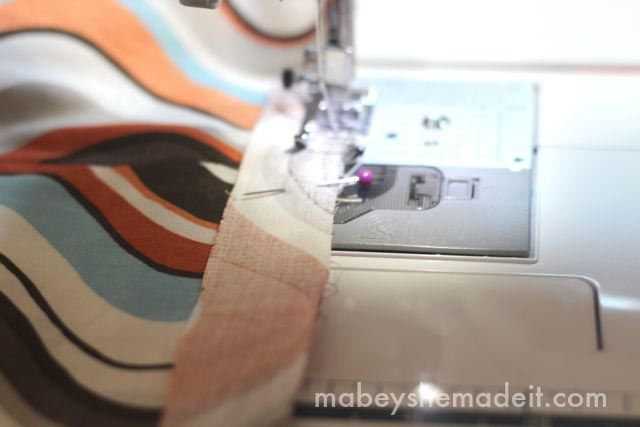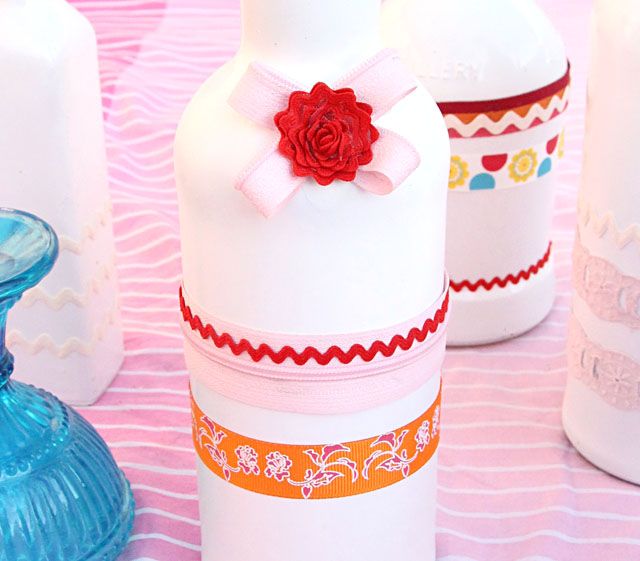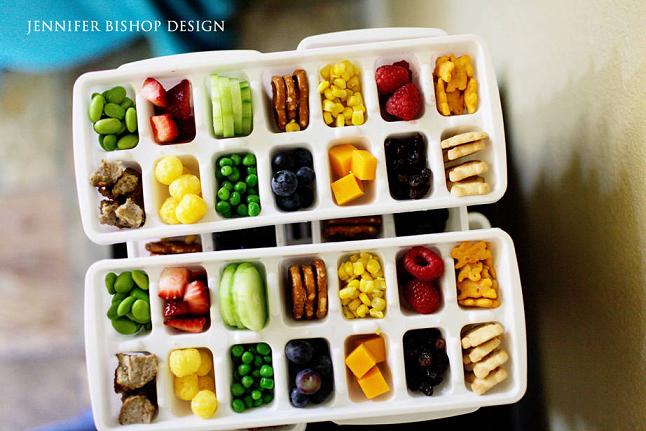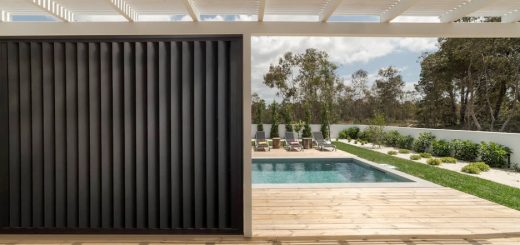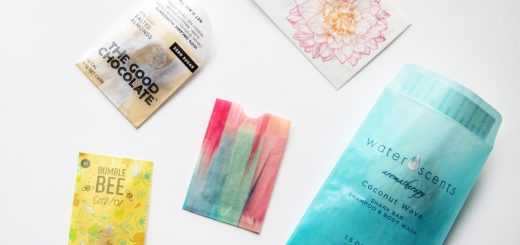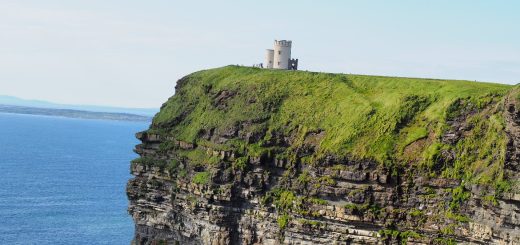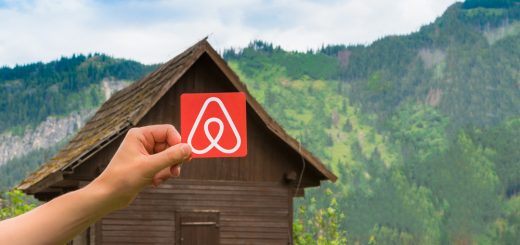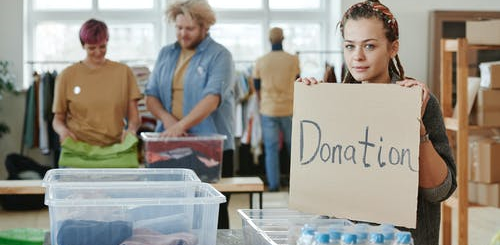35 Awesome DIY Kitchen Science Experiments You Can Eat
31 Make Your Own Butter
 31. Make Your Own Butter: Teach your child how butter is created by shaking up cream the old-fashioned way. (via Education.com)
31. Make Your Own Butter: Teach your child how butter is created by shaking up cream the old-fashioned way. (via Education.com)
32 Edible Slime or Gak
 32. Edible Slime or Gak (via Fun at Home with Kids)
32. Edible Slime or Gak (via Fun at Home with Kids)
33 Fun with Jell-Doh
 33. Fun with Jell-Doh: Play-doh is great for summer break fun! Little ones get hours of fun squishing and molding it, and mothers can get in on the educational aspect by encouraging their children to practice recognizing numbers, letters, and even animals by using cookie cutters and sculpting skills (you can even organize math and spelling lessons with Play-doh). Creativity is also encouraged … (via The Krazy Coupon Lady)
33. Fun with Jell-Doh: Play-doh is great for summer break fun! Little ones get hours of fun squishing and molding it, and mothers can get in on the educational aspect by encouraging their children to practice recognizing numbers, letters, and even animals by using cookie cutters and sculpting skills (you can even organize math and spelling lessons with Play-doh). Creativity is also encouraged … (via The Krazy Coupon Lady)
34 Earth Structural Layer Cake
 34. Earth Structural Layer Cake: A little while ago, my sister approached me with an idea. She’s doing an education degree, and her and her friends had to give a series of lessons on the geological sciences to a class of primary school kids. One of their lessons involved teaching the kids about the structure of the Earth. One of (via Cakecrumbs)
34. Earth Structural Layer Cake: A little while ago, my sister approached me with an idea. She’s doing an education degree, and her and her friends had to give a series of lessons on the geological sciences to a class of primary school kids. One of their lessons involved teaching the kids about the structure of the Earth. One of (via Cakecrumbs)
35 Glow in the Dark Jello
 35. Glow in the Dark Jello: This tutorial will show you how to make Jello… that glows! It uses ingredients that are all edible so you can enjoy eating it after it’s made! The Jello is easy to make and the longest part is waiting for it to chill. Prep time is around 10 minutes and the chill time in the refrigerator is 4 hours. So why does the Jello glow? Quinine (an ingredient in tonic water) is a fluorescent substance. These substances absorb ultraviolet light and then re-emit it. The light emitted has a longer wavelength than the one absorbed which makes the light visible and causes quinine to glow. When you substitute tonic water for regular tap water when making the Jello, it adds the quinine which adds the glow. It is better to use light-colored Jello for maximum glow. There are some safety consideration to address when working with carbonated drinks and hot … (via jmiers1)
35. Glow in the Dark Jello: This tutorial will show you how to make Jello… that glows! It uses ingredients that are all edible so you can enjoy eating it after it’s made! The Jello is easy to make and the longest part is waiting for it to chill. Prep time is around 10 minutes and the chill time in the refrigerator is 4 hours. So why does the Jello glow? Quinine (an ingredient in tonic water) is a fluorescent substance. These substances absorb ultraviolet light and then re-emit it. The light emitted has a longer wavelength than the one absorbed which makes the light visible and causes quinine to glow. When you substitute tonic water for regular tap water when making the Jello, it adds the quinine which adds the glow. It is better to use light-colored Jello for maximum glow. There are some safety consideration to address when working with carbonated drinks and hot … (via jmiers1)

